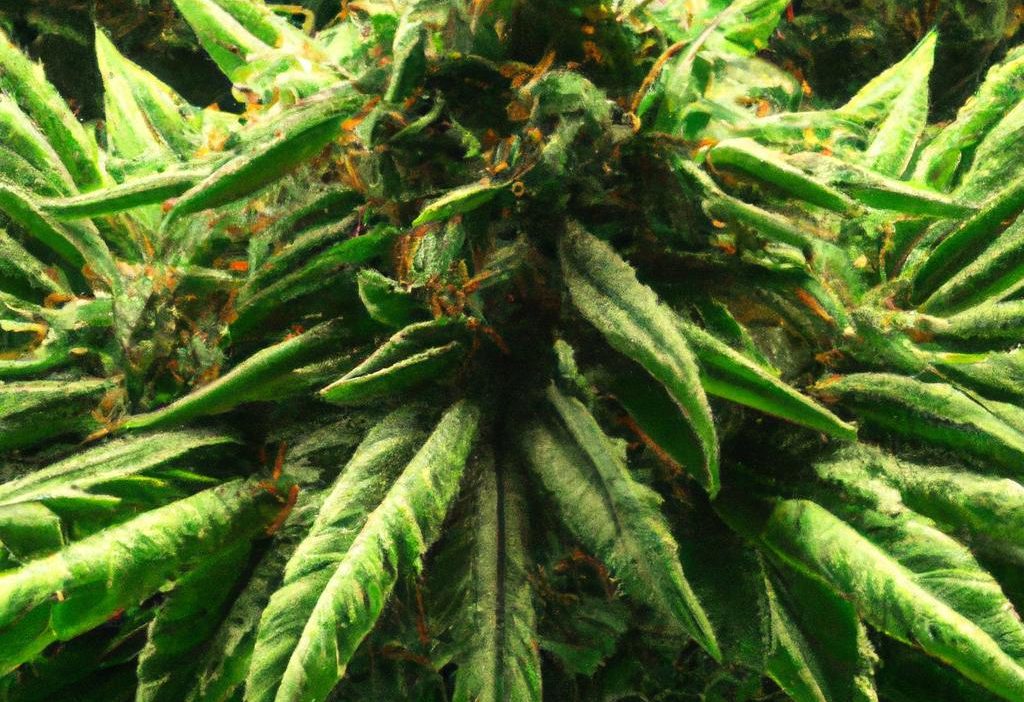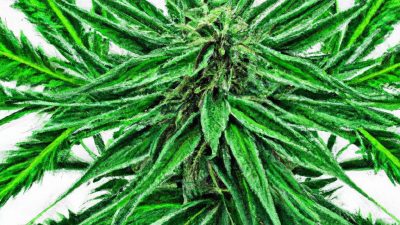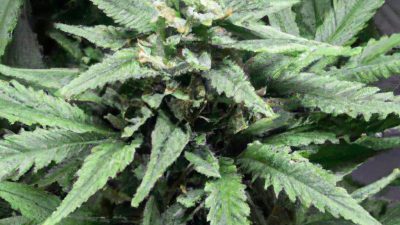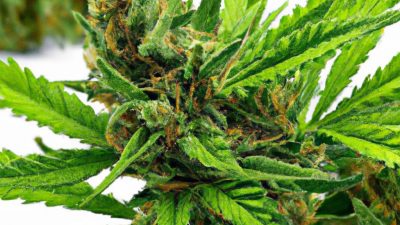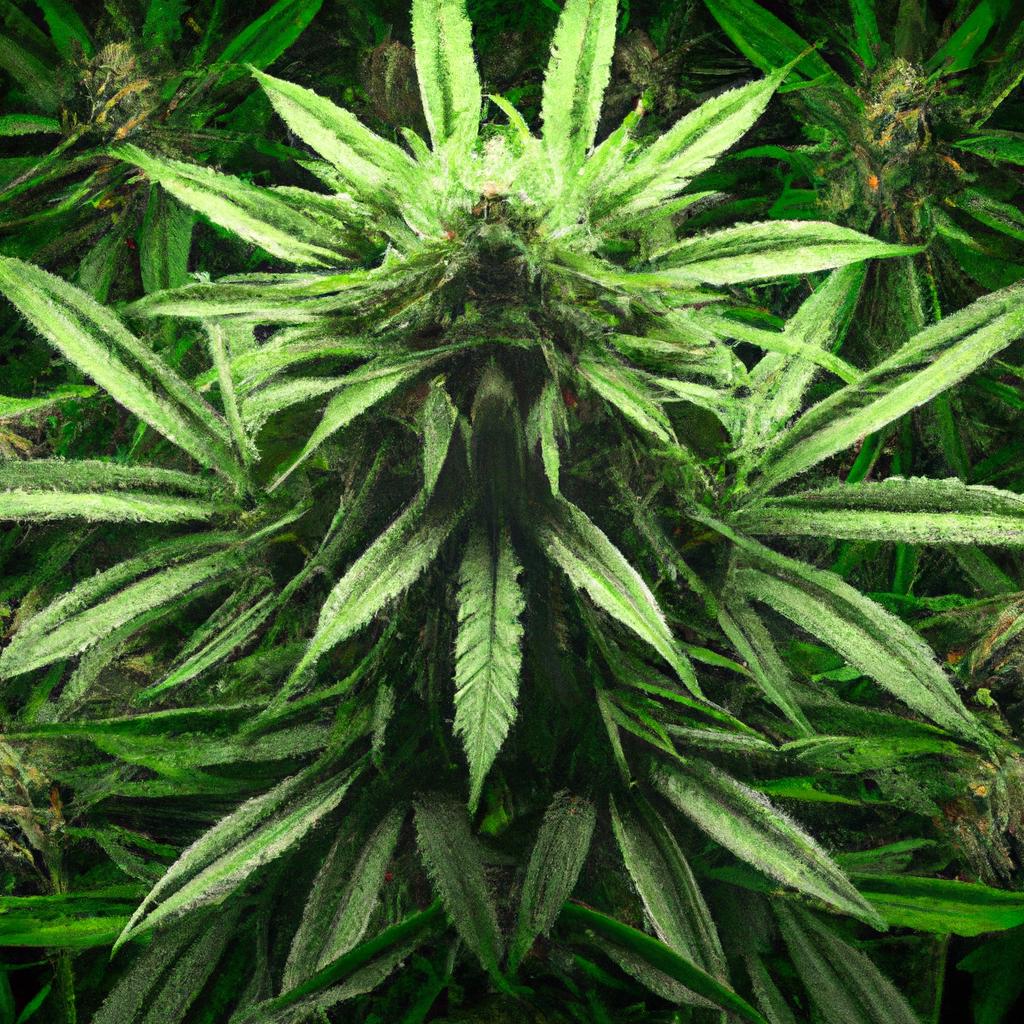
How to Maximize Yield with Hydrocarbon Techniques in Cannabis Processing
In the ever-evolving world of cannabis technology and processing, hydrocarbon extraction has emerged as one of the most efficient methods to obtain high-quality cannabis concentrates. Weather you are a commercial producer or an enthusiast exploring cannabis post processing, understanding how to maximize yield with hydrocarbon techniques is crucial for profitability and product quality. This article will guide you through the principles of hydrocarbon extraction, share practical strategies to boost yield, and highlight the benefits of optimized cannabis processing equipment.
Understanding Hydrocarbon Extraction in Cannabis Processing
Hydrocarbon extraction uses hydrocarbons like butane or propane as solvents to selectively extract cannabinoids, terpenes, and other valuable compounds from cannabis plant material. This technique preserves delicate cannabinoids and aromatic terpenes, which is why it’s favored for producing potent and flavorful concentrates such as BHO (butane hash oil) and propane hash oil (PHO).
By integrating advanced cannabis extraction technology and carefully controlled processing equipment, hydrocarbon techniques can yield concentrates with high purity and potency-optimized for markets seeking excellence in cannabis science.
why Maximize Yield with Hydrocarbon techniques?
- Increased Profitability: Higher yields mean more product per batch,improving margins and lowering cost per gram.
- Product Consistency: Efficient extraction ensures uniform cannabinoid and terpene profiles,attracting quality-conscious consumers.
- Waste Reduction: Maximizing extraction minimizes leftover biomass, leading to better sustainability.
- Market Competitiveness: Optimized yields allow production of diverse concentrate styles for different consumer preferences.
Essential Factors to Maximize Yield in Hydrocarbon Cannabis Extraction
1. Selecting High-Quality Cannabis Plant Material
The foundation for excellent yield begins with the raw cannabis plant. Optimal moisture content, proper curing, and harvesting at the right maturity stage ensure maximum cannabinoid and terpene availability.
2. Use Properly Sized and Maintained Equipment
Extraction tools such as closed-loop systems and recovery pumps must be correctly sized to the batch and maintained regularly. Equipment that is too small or poorly calibrated leads to incomplete extraction and product losses.
3. Optimize Solvent Ratio and Flow Rate
The amount of hydrocarbon solvent applied and its flow rate considerably affect yield. Using too much solvent can dilute the extract, whereas too little solvent wastes cannabinoids in the biomass. Flow rate should be controlled to maximize contact while avoiding channeling.
4. Temperature and Pressure Control
Precise control over temperature and pressure ensures cannabinoids and terpenes are effectively dissolved without degrading sensitive compounds. Ideal operating temperatures typically range from -40°C to room temperature depending on equipment.
5. Multiple Pass Extraction (Multi-Pass Technique)
Sometimes a single solvent pass doesn’t extract all available cannabinoids. A second or even third extraction pass can recover residual compounds, increasing overall yield significantly.
6. Proper Post-Processing Techniques
Winterization, dewaxing, and purge steps following extraction remove impurities and solvents without compromising yield. Well-timed purging cycles under vacuum improve consistency and safety.
Practical Tips to Boost Hydrocarbon Extraction Yield
- Pre-chill your biomass: Cold cannabis helps improve solvent efficacy.
- Use vacuum purging: Avoid residual solvents while retaining cannabinoids.
- Keep equipment clean: Residue build-up reduces extraction efficiency.
- Regularly test outputs: Cannabinoid potency analysis helps adjust parameters.
- Implement Standard Operating Procedures (SOPs): ensures repeatability and minimizes human error.
Case Study: Yield Advancement Using Hydrocarbon Techniques
| Parameter | Before Optimization | After Optimization |
|---|---|---|
| Raw Material (g) | 1000 | 1000 |
| Extraction Runs | 1 | 2 |
| Solvent Amount (L) | 5 | 4.5 (Optimized Flow) |
| Total Yield | 12% | 18% |
| Purity (THC %) | 75% | 82% |
This hypothetical case demonstrates how tweaking solvent flow and employing a second extraction pass boosted yield by 6 percentage points, significantly enhancing product efficiency and profitability.
Benefits of Advanced Cannabis Processing Equipment for Hydrocarbon extraction
- Automation: Reduces manual errors and maintains consistent pressure and temperature.
- Improved Safety Features: Minimizes risk of explosions and solvent leaks.
- Enhanced Solvent Recovery: Cuts costs and environmental impact by recycling hydrocarbons.
- Scalability: Allows operators to process larger batches without compromising quality or yield.
conclusion
Maximizing yield with hydrocarbon extraction techniques is not only about increasing product volume but also about optimizing the quality and purity of cannabis concentrates. By focusing on high-grade cannabis plant material, precise equipment calibration, and methodical solvent management, cannabis producers can significantly enhance their extraction efficiency. Embracing technological innovations and adhering to best practices in cannabis post processing will ensure your hydrocarbon extraction runs deliver premium, potent products with maximized output.
For growers and processors seeking to stay competitive in the cannabis industry, mastering hydrocarbon extraction yield optimization is a strategic advantage-combining cannabis science with advanced processing equipment to achieve the best results.


